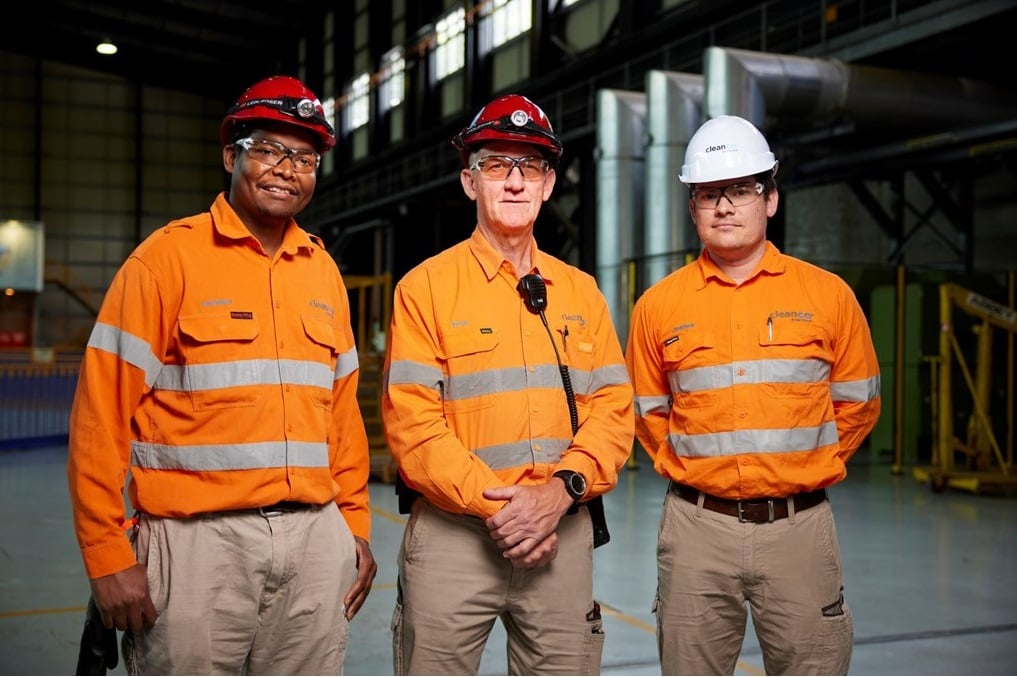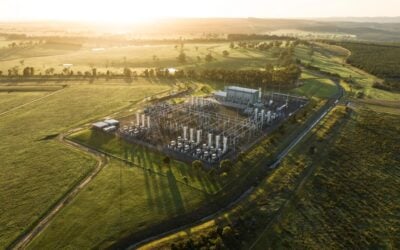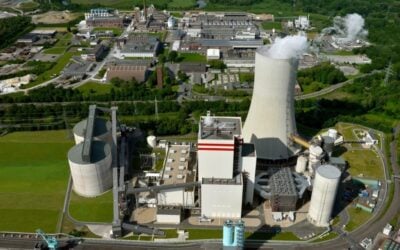
Key contracts have been awarded in Queensland, Australia, to work on what would be the world’s largest pumped hydro energy storage (PHES) plant.
As the state works towards ending its historical dependency on coal, the state government is behind the plan to build the 5GW Pioneer-Burdekin Pumped Hydro Project, which would offer long-duration energy storage (LDES) over a 24-hour discharge duration.
Enjoy 12 months of exclusive analysis
- Regular insight and analysis of the industry’s biggest developments
- In-depth interviews with the industry’s leading figures
- Annual digital subscription to the PV Tech Power journal
- Discounts on Solar Media’s portfolio of events, in-person and virtual
When announced last year, the project was hailed as an “ambitious plan” by the International Hydropower Association when announced last year, which could be “an example to policy-makers around the world that we do not need to seek out new technology to bring the climate crisis under control, nor do we need to fall back on fossil fuels,” according to the association’s chief executive Eddie Rich.
Its part of a total AU$62 billion (US$41.5 billion) package to invest in the state economy’s clean energy transition and future energy security, alongside investments in large-scale and distributed battery energy storage systems (BESS) and other measures including support for continued rollout of rooftop solar PV.
Queensland is already host to Australia’s first new pumped hydro storage plant in around 40 years, Kidston II, a 250MW facility currently under construction, but the spending plan, announced in the state budget shortly after state premier Annastacia Palaszczuk set a 70% renewable energy by 2032 policy target. The plan also adds Pioneer-Burdekin and another hydro plant at Borumba Dam to the state portfolio, with the government kicking off feasibility studies in mid-2022.
At that time, the premier also reaffirmed that Queensland’s energy sector will remain in public ownership, and pledged investment in transmission and distribution (T&D) infrastructure to create a Queensland ‘Supergrid’.
The government said yesterday that Water2Wire a specialist engineering company created as a joint venture (JV) between GHD, Mott MacDonald and Stantec, has been selected for Front-End Engineering and Design (FEED) duties on Pioneer-Burdekin.
Water2Wire has offices in Mackay, Queensland, and is already working on FEED for the new Borumba Dam as well as Kidston II, and PHES projects in New Zealand and the UK.
A tender was also held to find a contractor for the project’s geotechnical shallow drilling programme, which is expected to take six months. Local engineering company Twin Hills Engineering and Drilling has been selected.
“The Pioneer-Burdekin Pumped Hydro Project is the cornerstone of the Queensland Energy and Jobs Plan, and will be the largest pumped hydro scheme in the world,” Queensland energy minister Mick deBrenni said.
“This mega pumped hydro project will act like a giant battery, and when connected to our Queensland SuperGrid, will underpin the reliability of our publicly owned grid by storing the energy generated by our renewable energy zones (REZ).”
Meanwhile, a major planned maintenance work on an existing pumped hydro plant, Wivenhoe, is underway, the government said at the beginning of June. A 285MW turbine unit, one of two at the plant, is being worked on, with the AU$17 million refurbishment being carried out on one unit at a time so that the facility can keep operating throughout. The other unit’s refurbishment, due every five years, was completed in 2021.
Energy-Storage.news’ publisher Solar Media will host the 1st Energy Storage Summit Asia, 11-12 July 2023 in Singapore. The event will help give clarity on this nascent, yet quickly growing market, bringing together a community of credible independent generators, policymakers, banks, funds, off-takers and technology providers. For more information, go to the website.






